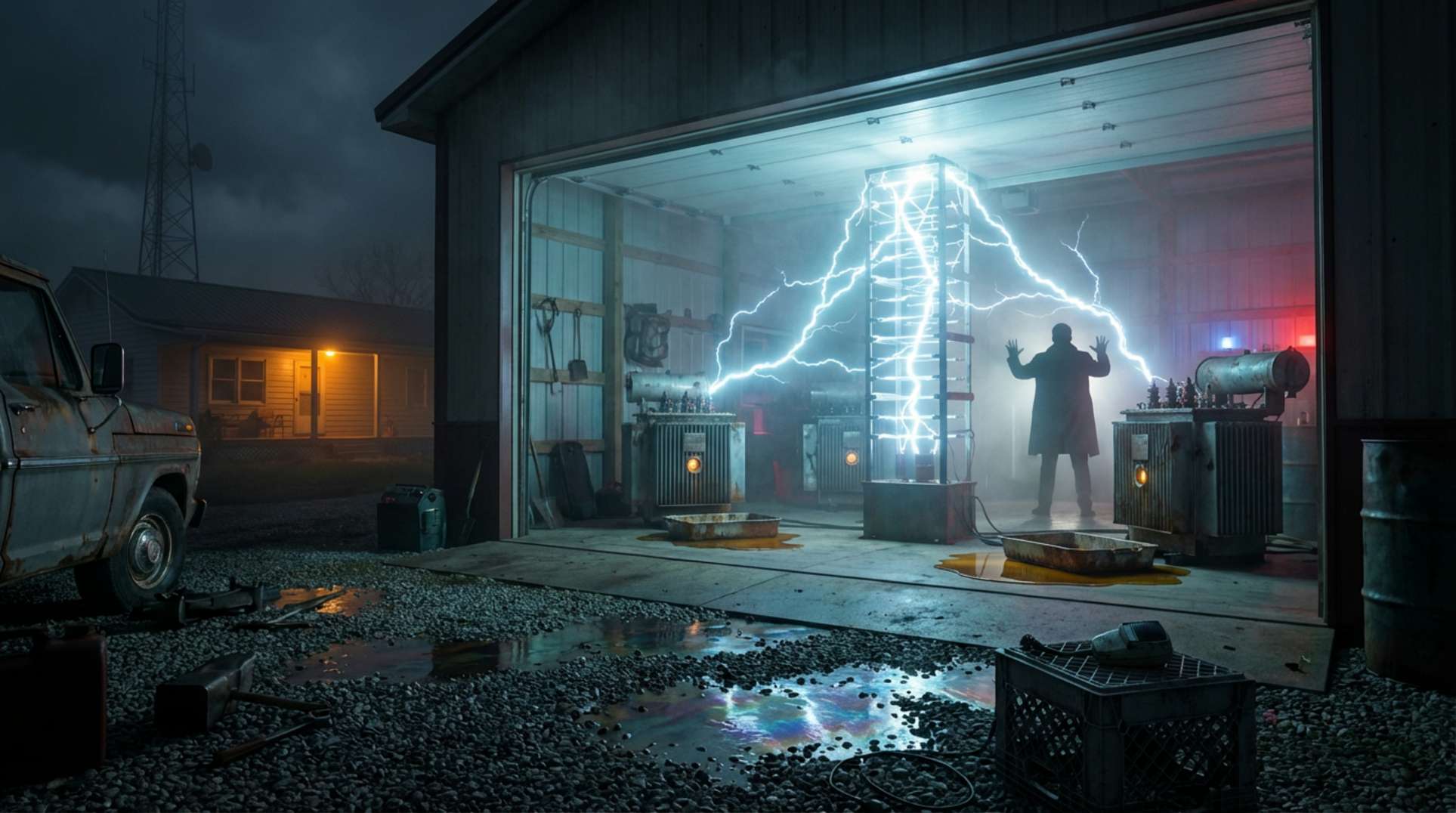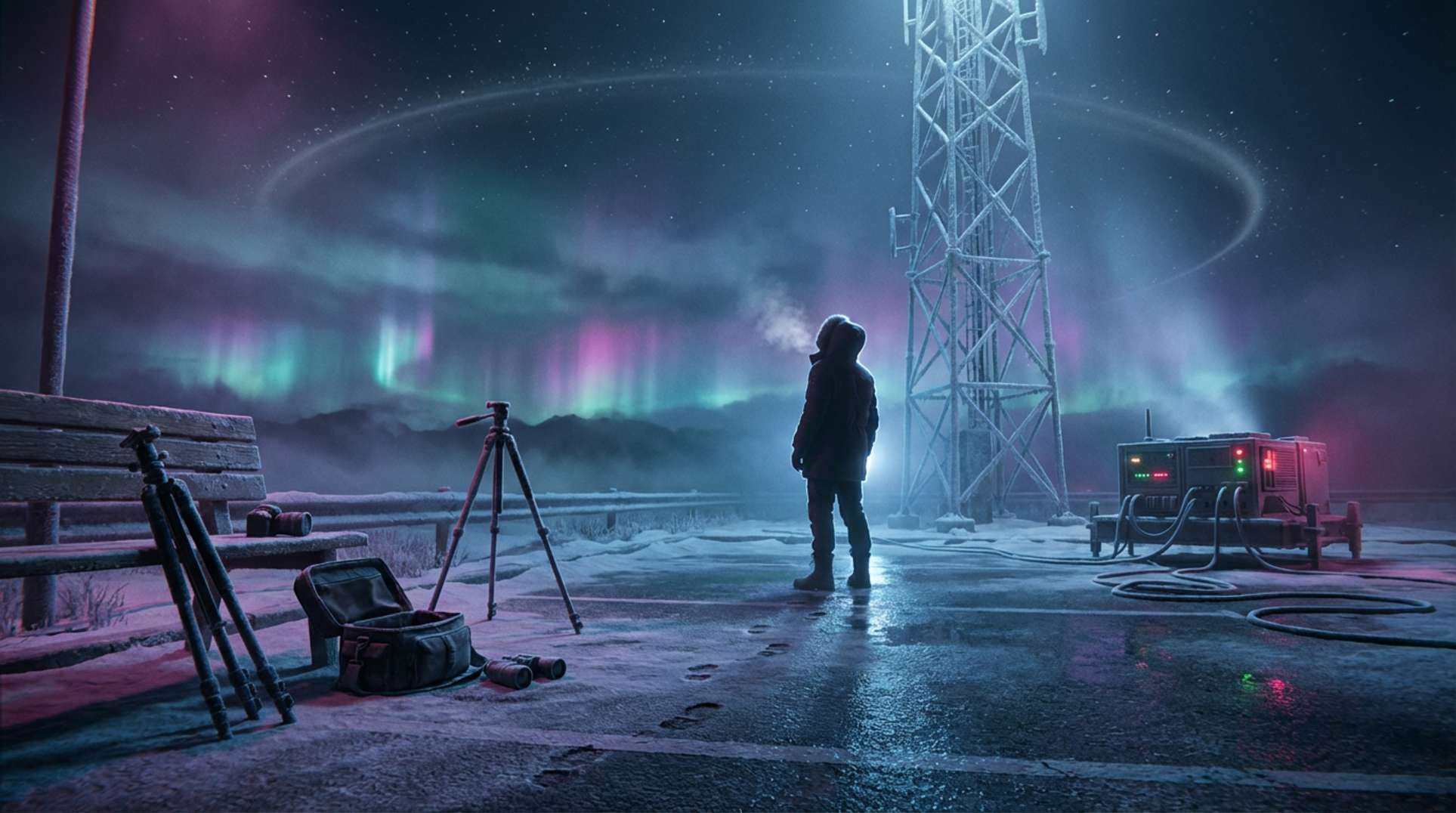For centuries, tales of vast underground cities and tunnel systems have flourished in folklore and fringe archaeology. Recent discoveries and serendipitous events have shifted these stories from myth to map. The reality below us may be more astonishing than modern textbooks state. Take the famous story from Derinkuyu, Cappadocia: in 1963, a Turkish villager renovating his home broke through a wall, revealing not a forgotten room but a corridor leading to a vast ancient city. His chicken was the first to explore this hidden underworld, but certainly not the last.
These underground marvels, including those in this account of hidden tunnels discovered by accident, are not mere passageways—they encompass entire environments featuring wineries, marketplaces, chapels, and defensive structures. The scale and sophistication of cities like Derinkuyu compel us to reconsider timelines of technological progress and legends of lost cultures. Curious about what else might lurk in the shadows? Exploring these findings is like entering a real-life cataclysm or navigating uncanny resets found in long-cycle catastrophe research.
The Discovery of Derinkuyu: When History Hides in Rock
The Derinkuyu underground city, now a UNESCO World Heritage site, emerged unexpectedly during a renovation in Nevşehir, Turkey. This find ranks among the greatest archaeological discoveries of the 20th century. Spanning 85 meters deep and capable of housing around 20,000 people, livestock, and food supplies, Derinkuyu shows that ancient people had knowledge and purpose rivaling our own (Wikipedia). Large stone doors sealed off floors, vertical shafts provided ventilation and wells, and connections to the nearby Kaymakli network created a vast hidden world. The tunnels even sheltered locals from persecution well into the early 20th century.
These ancient wonders reflect themes found in legends of underground realms and lost civilizations, as well as contemporary studies of societal collapse and cosmic resets. The astonishing reality? Many such cities and tunnels—throughout Turkey, Europe, and beyond—came to light by accident, often during construction or renovation, as documented in sources like this exposé of accidental tunnel finds.
Hidden Tunnel Systems: Accident, Legend, and Global Surprises
Some of the most remarkable archaeological finds stem from chance encounters. Farmers, urban engineers, and even chickens have exposed ancient chambers and waterproof corridors stretching for kilometers (see here). In Europe, notably in Wales and Austria, workmen and adventurers rediscover medieval tunnels with advanced masonry, posing questions about forgotten technologies, migrations, and emergencies missing from official histories. These accidental discoveries are linked not only to global trade routes or invasions but may also suggest an organized, interconnected underworld akin to our modern digital networks. This resonates with the fears examined in AI-driven existential threat reports: sometimes, significant dangers and wonders only emerge after we’ve stopped paying attention.
Stories of neglected tunnels have stirred interest from both religious and conspiracy theorists, paralleling fascination with lost vaults beneath the Vatican (see captivating details in the Vatican’s secret archives). Whether relics, refugees, or rituals used these labyrinths, their narratives resist obscurity.
Theories, Myths, and the Science of Subterranean Construction
Why did ancient cultures pour resources into underground construction? Some theories emphasize survival: evading invasions, environmental threats, or persecution. Others, as explored in speculative Atlantean accounts and pole-shift stories, envision global calamities triggering subterranean migrations. The truth could be even more bizarre—but whatever motivated these projects, they demanded remarkable engineering. From the Cappadocians of antiquity to medieval monks, those who constructed and expanded these cities possessed skills that would impress today’s urban planners.
The expertise of these tunnel creators matched only their sense of secrecy. New discoveries in Europe and Asia continually disrupt established archaeological narratives. Each new revelation sheds light (or shadows) on the ancient world’s resilience, adaptability, and affinity for secrecy—a theme as enigmatic as apocalypse prophecies or cataclysmic astrophysics, as explored in this exploration of coded prophecies.
Beneath Our Feet: Rethinking Civilization, Risk, and Human Ingenuity
Below our malls and cities, ancient peoples mastered a world of stone and shadow. Underground cities like Derinkuyu and Kaymakli showcase a tradition challenging the surface narrative of civilization. Some scholars now question if humanity’s greatest risks—and escapes—are not found above ground but buried below. As planetary crises mount, it’s easy to envision a new generation forced to take refuge underground, echoing the cycles detailed in global reset theories.
The earth beneath us may be older, deeper, and stranger than we imagine. Each discovery raises further questions: who else traversed these passages, and what lies buried? For those wanting to keep pace with fresh revelations (and risks), track Unexplained.co—because sometimes, the only barrier between the ordinary and extraordinary is a thin layer of stone and an adventurous chicken with a knack for the hidden.




